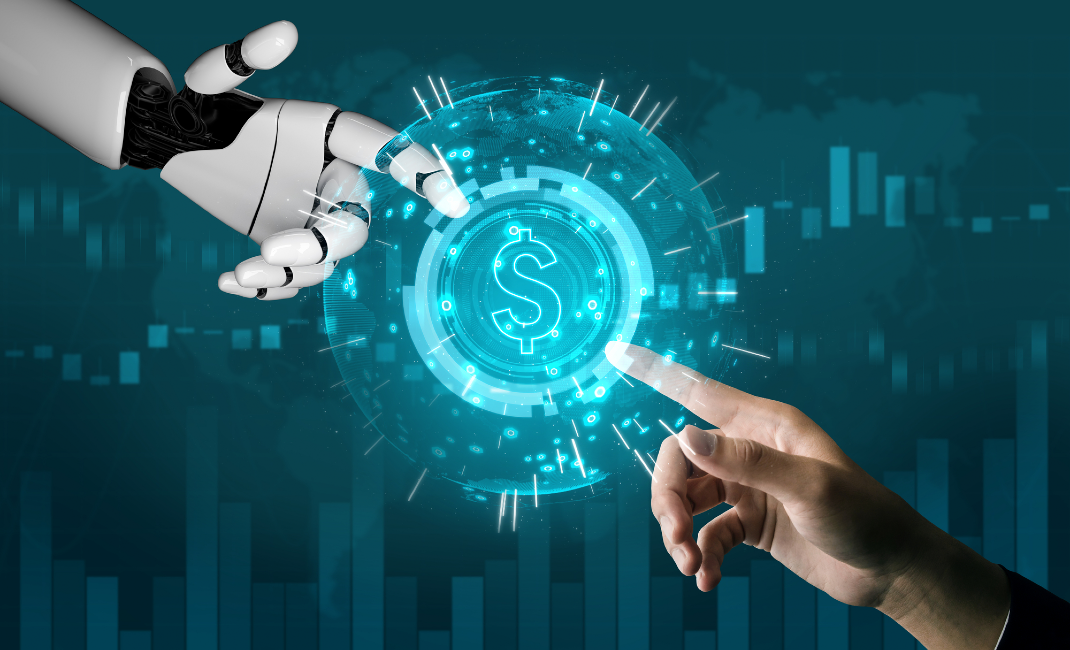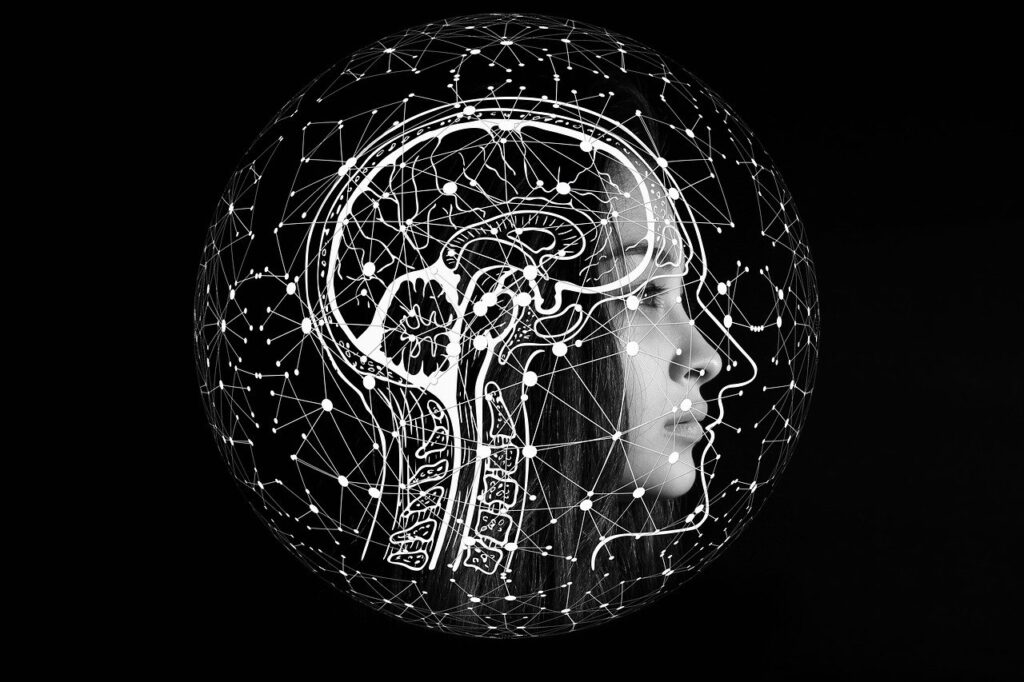Investment banking has become more prevalent, and AI is expected to revolutionize financial transactions. AI’s increasing power has made it a force in all industries, not just the finance sector. AI has revolutionized investment banking activities, from automated trading to customer service automation. Read on for a complete overview of how AI is used in investment banking.
How AI Uncovers New Opportunities for Investment Banking
AI can help front-office teams find new investment banking opportunities.
Artificial intelligence’s primary function is data analysis. Human brains can only process a limited amount of information, so we are poor at predicting the past or adapting to changing consumer tastes. AI has a way to go until it can solve your entire pipeline problem, but it still increases the likelihood of positive outcomes.
Experts focus on three areas when using AI in investment banking to create new opportunities:
1. Fraud Detection
AI detects and stops fraud by monitoring transactions, detecting patterns and suspicious behaviours, and informing authorities. Using today’s most popular technology, AI is best used in Investment Banking to detect fraud. AI and machine learning help banks detect scams, reduce risk, find system gaps, and make online banking more secure.
It helps banks identify real-time suspicious activity, such as money laundering and fraudulent transactions. The system flags high-risk transactions to be reviewed manually by experts. This allows for proactive risk management and compliance with regulatory standards.
2. Automated Trading & Algorithmic Trading
AI algorithms can analyze large amounts of data, identify patterns, and execute trades independently. Many investment banks use AI algorithms to manage their investment portfolios and execute trades. These algorithms continuously monitor the market and make real-time decisions to maximize investment outcomes.
3. News Monitoring and Sentiment Analysis
Investment banks can use AI to analyze news articles, social media posts, and other information sources to gauge market sentiment and make informed decisions. Another global leader in investment banks uses AI algorithms to monitor social media sentiment and news in real-time, allowing its analysts and traders to stay up-to-date on market trends. The algorithms also add weight to the information and grade it according to its source.
4. Cyber Threat Detection
Artificial intelligence allows banks to monitor cyber-attacks continuously and respond to them quickly before they affect their workers, customers, or infrastructure. Machine learning supervised is now able to detect malware.
A device-learning-powered application will continuously learn about malicious files using fresh parameters. A cyber security AI detects abnormalities in data transmission patterns. Artificial intelligence is based on machine learning algorithms that monitor networks, detect malicious code, and prevent data breaches.
Banks can use AI to combat cyber threats. Deep learning increased the bank’s ability to detect fraud by 50% and the number of false positives by 60%. The AI-powered system for fraud detection also automated several other essential conclusions. One AI system, the “Black Forest,” examines financial transactions and monitors unusual events. The AI will eventually be able to categorize transactions accurately and only write down those that are a real security risk.
5. Chatbots for Customer Service
Computer-controlled chatbots with artificial intelligence help customers power their banks by answering questions quickly, providing personalized funding suggestions, and moving conversations forward. Chatbots and other artificial intelligence-based tools are used by businesses to provide the answers their customers need.
Know Your Client (KYC), a process that relies on artificial intelligence to verify client identity, could be improved. The accuracy of the verification depends on your knowledge of a person’s eyes and face. Chatbots can significantly benefit AI in the finance management industry by simplifying customer service, reducing legal tasks, and providing clear instructions.
6. Reporting on Regulatory Matters
Regulations require that institutions covered by government regulations conduct stress tests to determine their ability to absorb losses in periods of financial strain while maintaining the ability to lend money and meet their obligations to creditors. AI-based models that simulate adverse market conditions can help teams meet stress test requirements. These advanced models combine synthetic data with accurate data, such as past events, current market conditions, and future risks, to create these simulations. Artificial intelligence can also create draft versions for technical documents, such as audit and environmental reports.
Conclusion
AI integration has already brought about significant changes in investment banking. AI career path has revolutionized how investment banks work and interact with their clients.
Investment banks need to embrace AI’s opportunities and challenges as it develops. Investment banks are at the forefront of AI’s future by adopting ethical practices and ensuring compliance with regulatory requirements.
The post Unleashing New Era of Investment Banking Through Power of AI appeared first on Datafloq.



